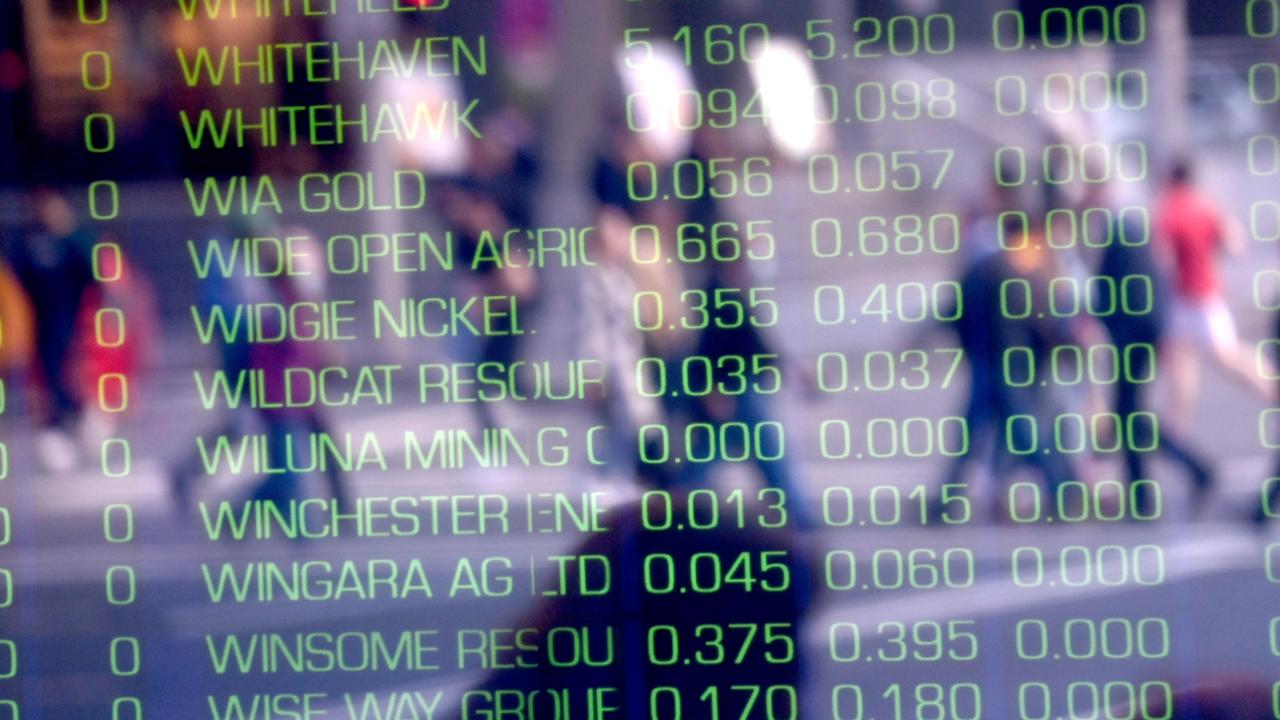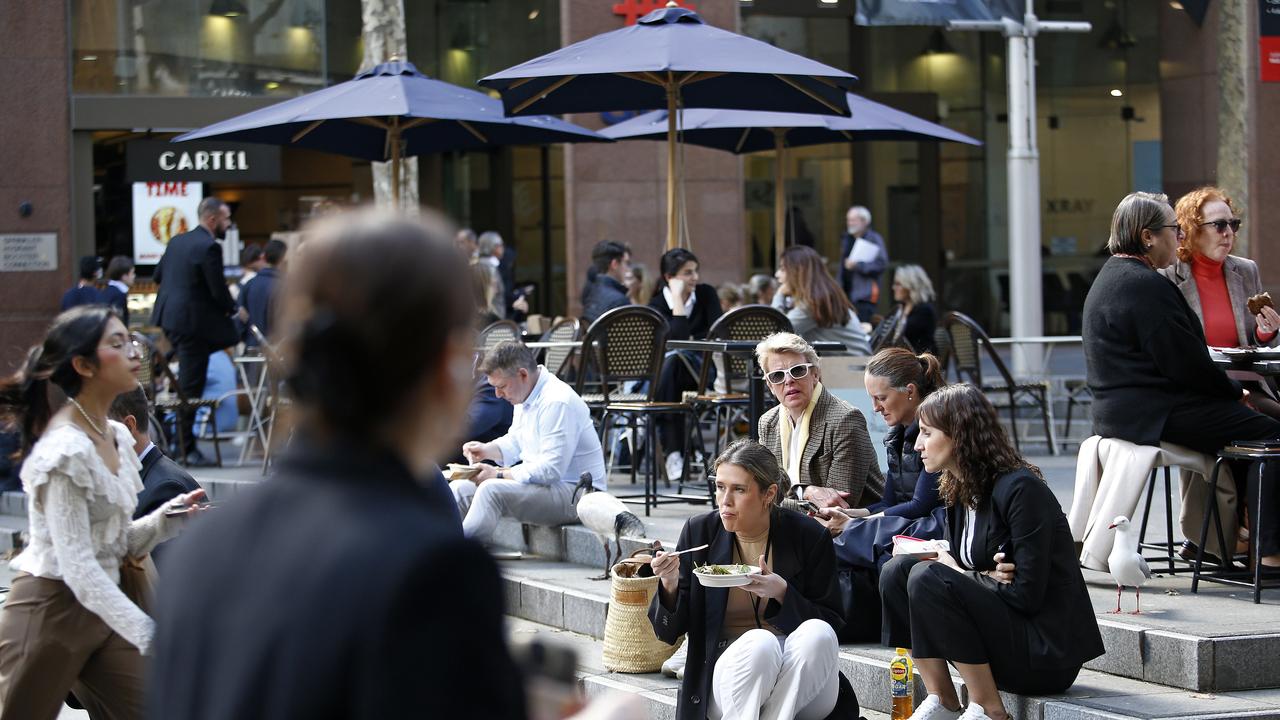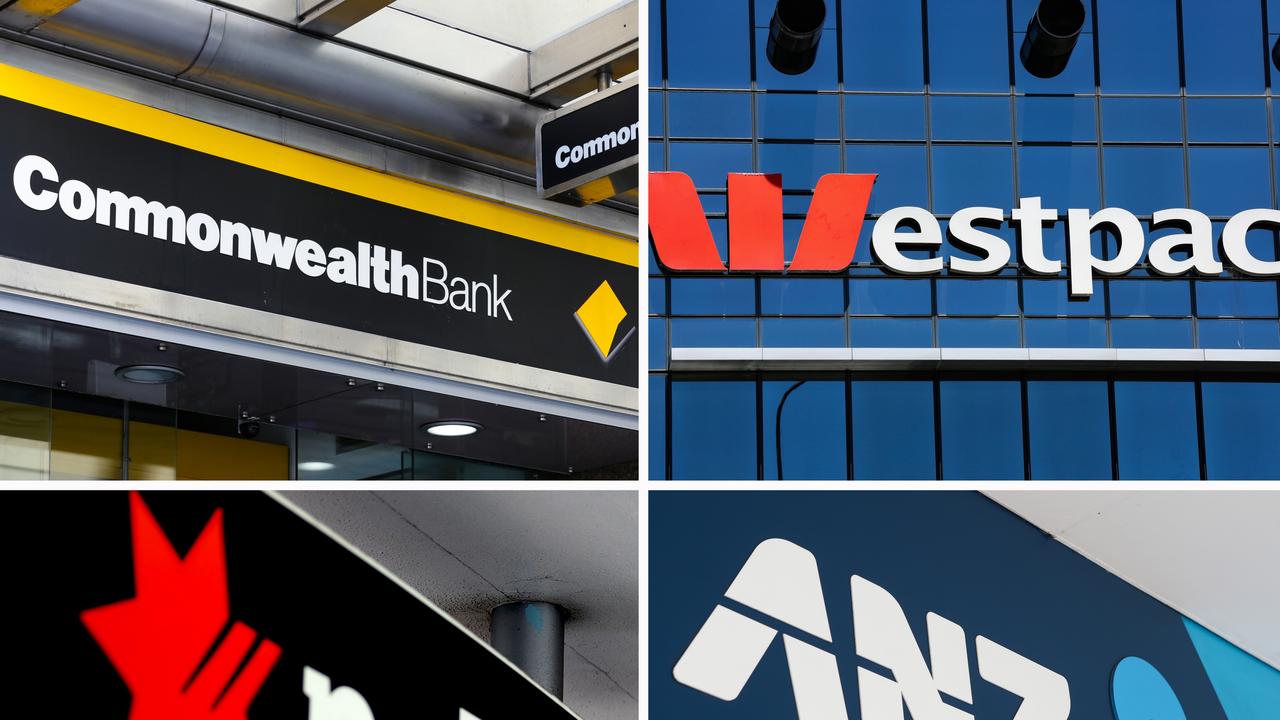Mortgages could rise by 51 per cent if futures market is correct
Interest rates will rise, that’s a given. But when will they stop rising and what will Aussie mortgage payments be?

ANALYSIS
Anybody with a mortgage will know that the Reserve Bank of Australia (RBA) has been aggressively lifting the official cash rate (OCR).
Just a few months ago in April, it was sitting at a record low of 0.1 per cent; now it is 1.85 per cent.
This represents the fastest pace of rate rises in Australia’s history, lifting the average discount variable mortgage rate to 5.2 per cent, up from 3.45 per cent in April.
In turn, average monthly mortgage repayments have soared by 23 per cent from their April pre-tightening level.
For a household with a $500,000 variable mortgage, this represents a monthly increase in repayments of $514, whereas a household with a $1 million mortgage will pay an extra $1029 a month.
Mixed signals on inflation
The RBA’s monetary policy statement accompanying this month’s rate hike said the 0.5 per cent rate increase was “a further step in the normalisation of monetary conditions in Australia”.
“The Board expects to take further steps in the process of normalising monetary conditions over the months ahead,” it added.
Last week’s wage growth data for the June quarter came in soft, up only 2.6 per cent year-on-year. This confirmed that there is no wage-price spiral in Australia.
In a similar vein, last week’s labour force data for July suggested the post-pandemic rebound is nearing an end. While Australia’s official unemployment rate fell to 3.4 per cent – its lowest reading since August 1974 – total jobs and hours worked fell sharply in July, with the unemployment rate only declining due to a fall in the participation rate.
Both labour market datasets temper the case for the RBA to continue hiking rates aggressively.
Forward-looking indicators have also deteriorated recently and further weakness is expected. These include – consumer sentiment, which is tracking near-recessionary levels; house prices, which are falling at their fastest pace since the early 1980s; housing lending; building approvals; and various PMI activity indicators.
Moreover, the CBA’s latest internal data on consumers show spending is slowing and wage growth is still slow. This is important since household consumption is the key driver of Australia’s economic growth, accounting for around 55 per cent of final demand on average.
While economic activity is slowing, housing and energy will soon place upward pressure on inflation.
The Australian Bureau of Statistics’ (ABS) rental series – measured as part of the CPI – rose by only 1.6 per cent in the year to June 2022. This rental increase was around one-quarter the rate of headline inflation (6.1 per cent). This means that rents, as measured by the ABS, are currently disinflationary.
By contrast, market measures of advertised rents are showing near double-digit growth.
For example, CoreLogic recorded annual rental inflation of 9.5 per cent – the strongest growth in decades – off a national vacancy rate of just 1.2 per cent.
Therefore, once the ABS updates its rental series with the actual market, the CPI’s measure of rents will soar.
This is important because rents currently account for around 6 per cent of the CPI basket, meaning rents will soon place significant upward pressure on inflation.
It’s a similar story with Australian energy prices. They account for 3.5 per cent of the CPI but have risen so dramatically that utility bills will double over the next year without government intervention to drop gas and coal prices.
Both rents and energy prices will continue to fan Australia’s inflationary flames, pressuring the RBA to lift interest rates even higher.
Interest rates will continue to rise
It is inevitable that the RBA will continue to hike interest rates. The question is how far?
Economists are divided on the issue. CBA, AMP and NAB believe that the OCR will peak at 2.6 per cent, whereas ANZ and Westpac forecast a 3.25 per cent peak in early 2023.
The futures market is even more hawkish, pricing a peak OCR of 3.75 per cent by mid-2023.
The impact on Australian mortgage holders would be a bitter pill to swallow under all scenarios, as illustrated by the next table.
Under the lower OCR forecast by CBA, AMP and NAB, Australia’s average discount variable mortgage rate would rise to 5.95 per cent.
In turn, average monthly mortgage repayments would rise by 34 per cent versus their level in April before the RBA commenced its rate tightening cycle.
The higher OCR forecasts of ANZ/Westpac and the futures market would send the average discount variable mortgage rate to 6.70 per cent and 7.10 per cent respectively, increasing monthly mortgage repayments by 45 per cent and 51 per cent respectively.
Expect a lower peak in interest rates
The RBA previously nominated 2.5 per cent as their estimate of a ‘neutral’ cash rate.
This month’s monetary policy statement by the RBA also noted that “inflation is expected to peak later this year and then decline back towards the 2-3 per cent range”.
In our view, the balance of data will indicate that there is no need to take the OCR higher than this ‘neutral’ level (which we consider to be contractionary). Indeed, we believe taking the OCR higher would likely end in a recession.
By early 2023, the RBA will also likely face a situation where house prices have fallen sharply, the economy is stalling, and overall inflationary pressures have peaked (notwithstanding the rise in rents and energy prices).
More Coverage
Therefore, after going too hard on tightening, we expect to see the RBA backtrack and cut rates to stave off recession by mid-2023.
Leith van Onselen is chief economist at the MB Fund and MB Super. Leith has previously worked at the Australian Treasury, Victorian Treasury and Goldman Sachs.
David Llewellyn-Smith is chief strategist at the MB Fund and MB Super. David is the founding publisher and editor of MacroBusiness and was the founding publisher and global economy editor of The Diplomat, the Asia Pacific’s leading geopolitics and economics portal. He is the co-author of The Great Crash of 2008 with Ross Garnaut and was the editor of the second Garnaut Climate Change Review. MB Fund is underweight Australian iron ore miners.





